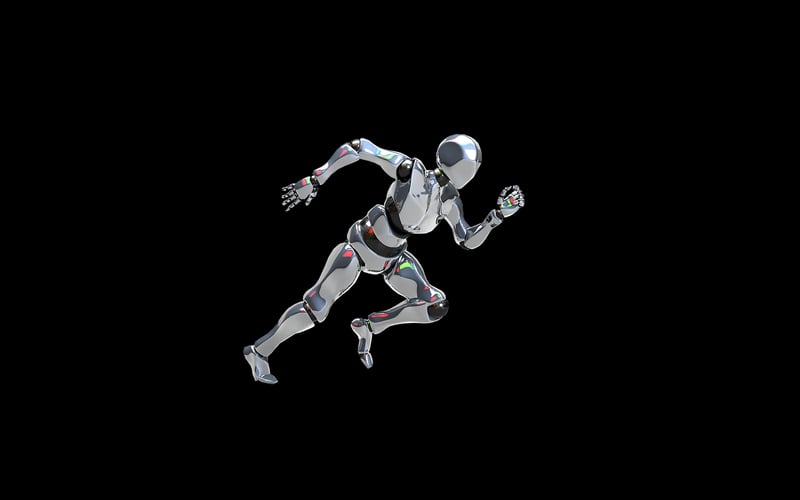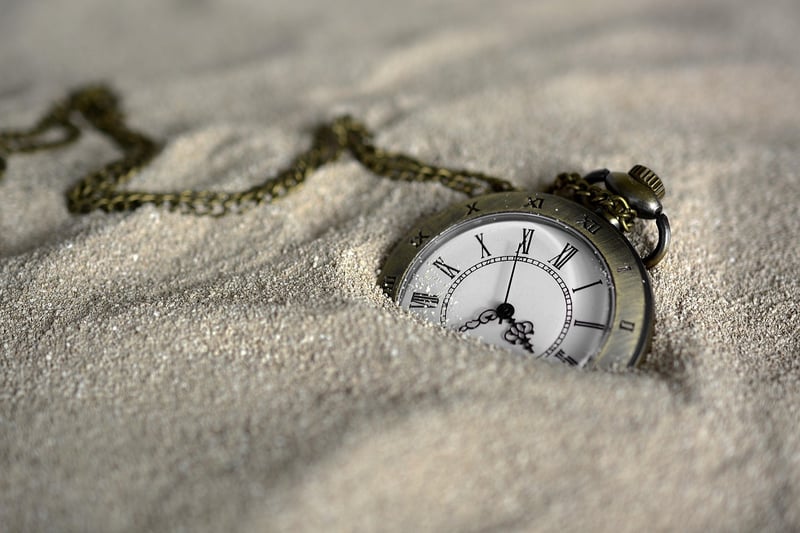Temporal Vessels
The World of Machines: A Guide to Different Machine Types and Temporal Vessels
Introduction
From simple tools to complex technological marvels, machines have been an integral part of human civilization. In this article, we will explore various types of machines and delve into the fascinating concept of temporal vessels.
Types of Machines
1. Simple Machines
Simple machines are the basic mechanical devices that do not require an external power source to function. Examples include levers, pulleys, inclined planes, wedges, screws, and wheels and axles.
2. Complex Machines
Complex machines are composed of two or more simple machines working together to perform more complex tasks. Examples include bicycles, cranes, engines, and robots.
3. Electrical Machines
Electrical machines rely on electrical energy to operate. Examples include electric motors, transformers, generators, and various household appliances.
4. Hydraulic Machines
Hydraulic machines use liquid to transmit power. Examples include hydraulic lifts, excavators, hydraulic presses, and braking systems in vehicles.
5. Pneumatic Machines
Pneumatic machines use compressed air to perform work. Examples include pneumatic drills, air compressors, pneumatic cylinders, and pneumatic tools.
Temporal Vessels
Temporal vessels are a theoretical concept in science fiction that refers to machines or devices capable of time travel. While purely speculative at present, the idea of temporal vessels has captured the imagination of many writers, filmmakers, and enthusiasts.
Types of Temporal Vessels
Temporal vessels can come in various forms in fiction, including:
- Time Machines
- Time Capsules
- Wormholes
- Time-Turners
- Temporal Displacement Devices
Exploring Time Travel
While time travel remains a topic of speculation and debate in scientific circles, it continues to inspire creativity and storytelling in various media. The concept of temporal vessels adds an exciting dimension to the exploration of time and its mysteries.
Conclusion
As we have seen, machines come in various forms, each serving specific functions and purposes. While temporal vessels may currently exist only in the realm of fiction, their representation sparks curiosity and wonder about the possibilities of time travel. Whether in the present reality of mechanical engineering or the speculative realm of science fiction, machines and temporal vessels continue to captivate our imagination and push the boundaries of what is possible.

 Image Source: Pixabay
Image Source: Pixabay
